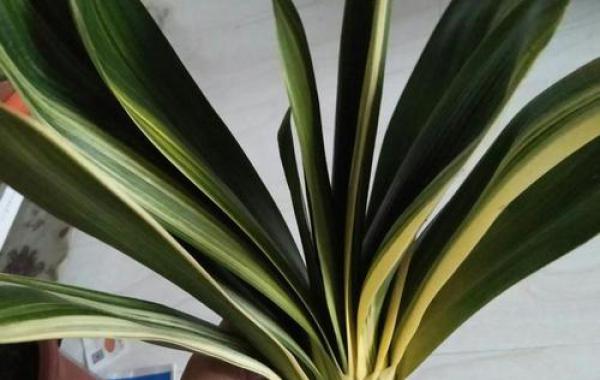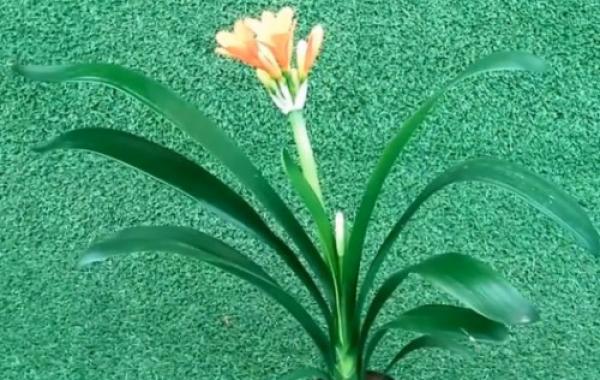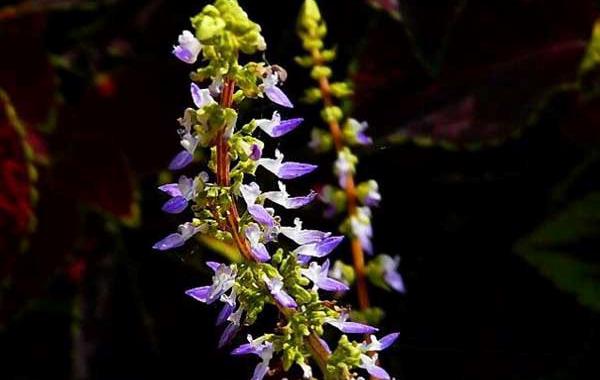The cause and solution of the rotting Root of Cymbidium

Clivia is also one of the plants that many families love to plant now, but due to improper maintenance, there will be a rotten root of Clivia. Today, Xiaobian will introduce it to you.
Clivia root rot is a disease caused by bacteria, generally occurs in the summer high temperature environment, the performance of the root rot below the leaf base, the main reasons are:
1, high temperature, humidity, poor ventilation conditions, resulting in plant fleshy roots are easy to rot roots.
2, large water, nutrient soil moisture content, poor air permeability, roots are soaked in water for a long time, resulting in root discoloration rot.
3, hypertrophy, fertilizer in the nutrient soil is not fully fermented, resulting in heat burning roots caused by rotten roots, improper fertilization in the growth period, excessive fertilization, resulting in fertilizer contact with the roots, resulting in burning roots, affecting the absorption capacity of the roots, root tissue is destroyed rotten roots, pay attention to thin fertilizer and frequent application.
4. When the roots are injured, when changing pots or dividing pots, due to the broken or rotten roots, the rotten fleshy roots must be completely eliminated, then coated with charcoal or fine furnace ash to dry, and then cultivated into pots to prevent the injured roots from directly contacting the nutrient soil bacteria and rotting.
5, poor air permeability, the use of porcelain pots, plastic pots, etc. lead to pot soil permeability, poor water permeability and rotten roots.
6. The soil is not good, and bacterial diseases erode the fleshy roots, causing ulceration.
The solution to the root rot of clivia
The way to rescue rotten roots is to pour out the plants, remove the rotten roots and cut them off, then coat the wounds with charcoal powder or fine furnace ash. After washing the roots with potassium permanganate water, they can be dried in the sun for about ten minutes. Ultraviolet sterilization can be used. If the roots have rotted more than half, the rotten roots can be trimmed and cleaned. After sterilization and disinfection, they can be put into fine sand to accelerate the roots. If only a few roots rot, they can be transplanted into the nutrient soil after replacement treatment. Control watering within half a month, and recover after one or two months.
If the fleshy roots have all rotted, you can cut off all the rotten roots, wash the rhizomes, apply charcoal powder or fine ashes, put them in a fine sand basin to promote roots, and after two or three months, you can also take root and leave again.
In addition, the effect of using decomposed leaf soil as culture soil to rescue rotting roots of Clivia is also good. The specific method is to wash the fleshy roots twice with clean water, then pinch off the rotten roots, apply paper ash on the wounds, dry in the shade for two hours, plant them in coniferous humus soil pots, put them in half shade, water them timely, keep the pot soil moist, and grow new roots half a month later.
1. The reason for the rotten root of Clivia
Too high temperature, too much watering, too much base fertilizer, too sticky soil, airtight pots, application of incomplete fermentation fertilizer and poor soil disinfection can cause root rot. When the hot summer comes, clivia slightly do not pay attention to water control is easy to rot roots, bacterial infection can also cause clivia rot roots.
Second, the solution to the root rot of Clivia
1. Clean up the rotten roots
The rotten roots of Clivia from the pot from the seed, gently stripped of soil, and then wash the roots with water, with scissors to clean up the rotten roots.
2. Disinfection of roots
Soak the cleaned roots in 0.1% potassium permanganate solution for 5 minutes, then dip in a little sulfur powder or plant ash or carbendazim, and then dry in the shade (about 2 days).
3. Replanting
Clivia drying, can be planted into the sand to promote the germination of new roots, if the root rot is not serious, can be directly on the pot, do not plant into the sand, after planting to control watering, do not dry water, so as not to rot again roots, placed in a cool and ventilated place on it, 30 days later if the leaves do not wilt has survived.
Related
- Is the orchid suitable for indoor use? Is it good for the body?
- How to prevent the empty root of orchids?
- What to do after the crab claw orchid is withered?
- Why are the leaves of orchids always yellow? Fertilizing and watering.
- Can the root of the gentleman orchid be saved if it is rotten?
- Diagnosis and treatment of cotton-blowing beetle insects in Cymbidium
- There is a way for a gentleman's orchid to rot.
- What is the most suitable temperature and humidity for the orchid?
- How to raise a gentleman's orchid? Cultivation techniques of Cymbidium
- How to prepare the nutritive soil for the cultivation of Cymbidium



